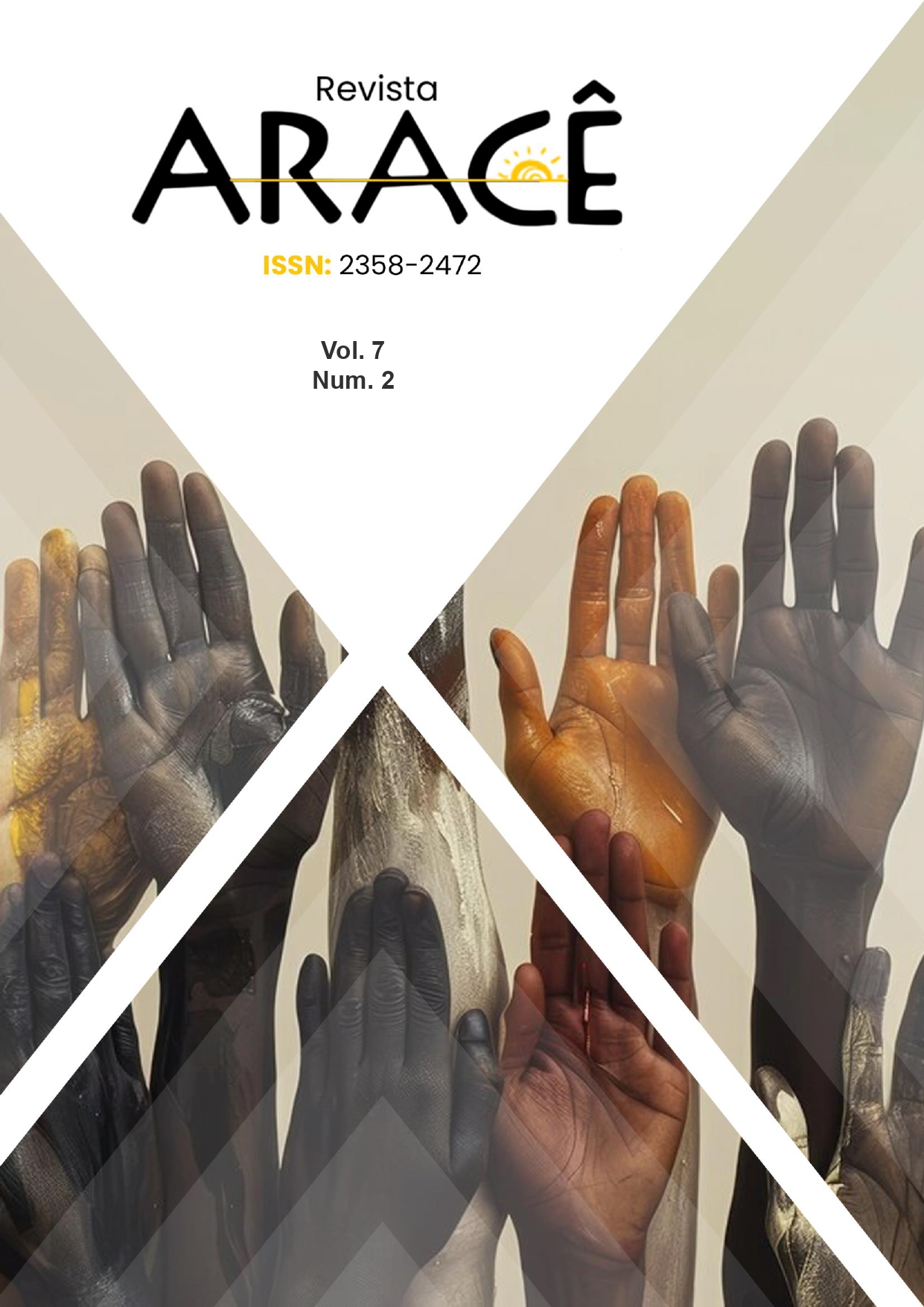BIRTH AND FERTILITY RATES BEFORE AND AFTER THE LOCKDOWN IN THE FEDERAL DISTRICT OF BRAZIL DUE TO THE COVID-19 PANDEMIC
DOI:
https://doi.org/10.56238/arev7n2-306Keywords:
Birth Rate, Fertility Rate, Pandemic ImpactAbstract
Background: The study aims to contribute to the understanding of birth and fertility trends in the Federal District (DF) of Brazil and whether the context of the COVID-19 pandemic and local lockdown have expressively affected its demographic behavior, as an initial hypothesis. Methods: A historical review of the governmental decrees that determined the restrictive measures throughout the pandemic in the DF was carried out, to establish the critical period of quarantine and lockdown actions. Local birth and fertility rates were calculated from official records since the pre-pandemic period and data tabulation with the help of TabWin and R softwares. Results: A monthly drop in birth rates in the DF of an average of 14% was observed in the months following lockdown measures as of March 2020, which coincides with the trend observed in European countries. The fertility rate of 1.59 in the year before the pandemic in the DF dropped to 1.32 children per woman in 2022. Conclusions: Despite declines in local birth rates, it was not possible to establish a significant impact of the pandemic or local lockdown on the downward trend in birth and fertility rates in DF, already observed since the pre-pandemic years.





